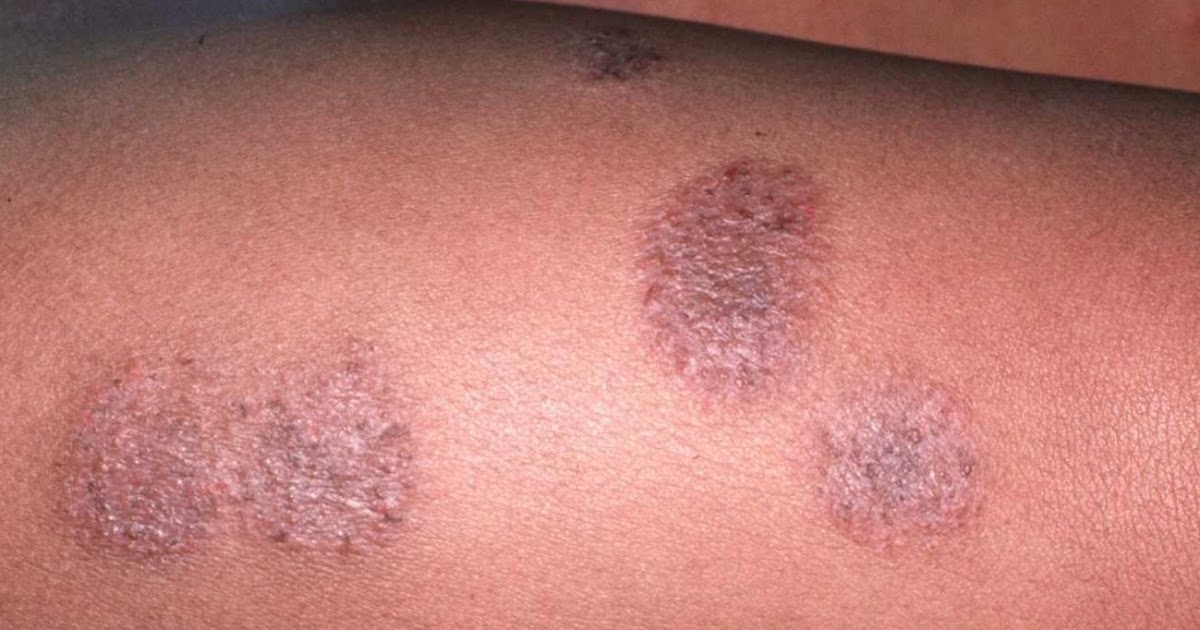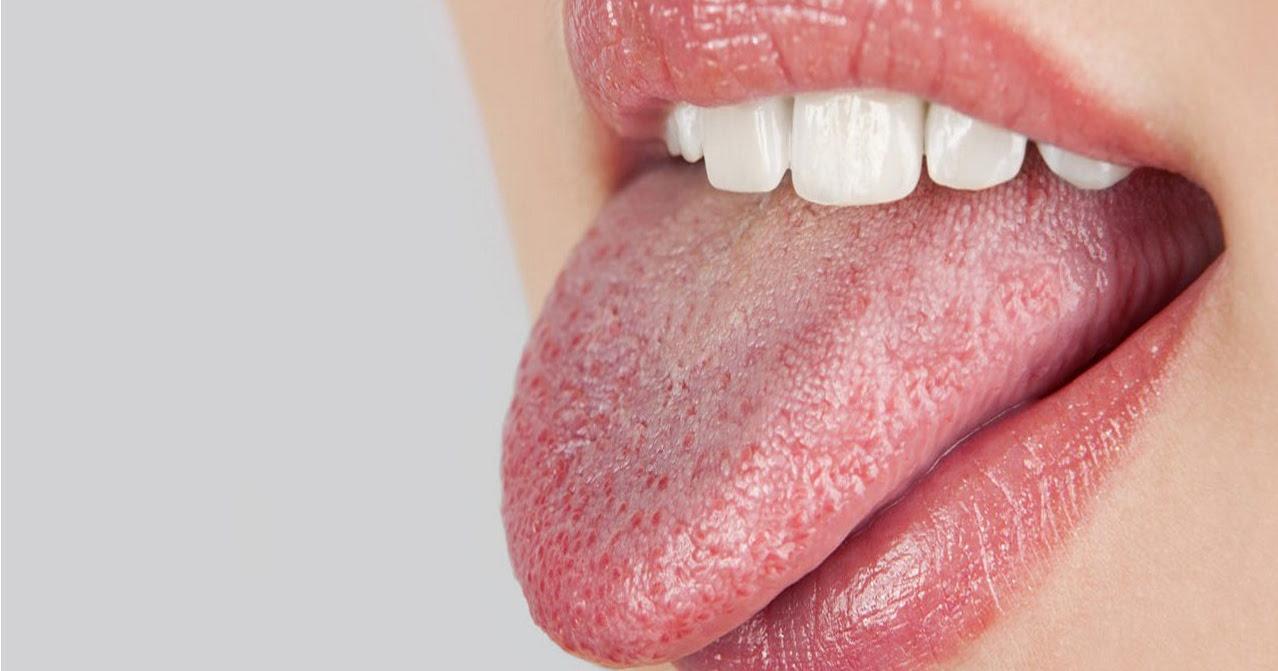Signs And Symptoms of Diabetes Mellitus
Diabetes mellitus is a condition in which the body does not adequately respond to insulin, which causes elevated levels of glucose in blood and urine. Patients with diabetes are not able to metabolize carbohydrates properly. There are two types of diabetes. Type one is an autoimmune condition occurring when the pancreas does not produce enough insulin. Type two diabetes is when the body responds abnormally to glucose. While type two can often be prevented or reversed by lifestyle habits, type one requires lifelong insulin injections. Reveal the symptoms of diabetes mellitus now.
Increased Urination

Increased urination, otherwise known as polyuria, occurs when the body produces abnormally large amounts of urine. It should not be confused with increased urine frequency, as the number of times an individual pees each day might be the same, but the volume of urine increases. Diabetes causes an excess amount of sugar in the blood, which forces the kidneys to work overtime to filter and absorb it. When the kidneys fail to synthesize the sugar in time, it is excreted through the urine along with fluids from the tissues.
Get to know the next significant indicator of diabetes mellitus now.
Weight Loss

Unexplained weight loss occurs when an individual loses weight without intending to, meaning they aren't making efforts to exercise more or shifting their diet seriously. In individuals with diabetes, unexplained weight loss occurs when insufficient insulin levels prevent glucose or energy from reaching the body’s cells. This lack of nutrition causes cells to start burning stored fat and muscle for energy, resulting in weight loss. Weight loss is common in patients with type one diabetes. Type two diabetes is usually associated with weight gain, but has also been known to cause weight loss in some cases.
Get to know more signs of diabetes mellitus now.
Excessive Thirst

Polydipsia is a classic condition related to diabetes mellitus that is characterized by excessive thirst. It occurs when the increased urine resulting from excess sugar in the blood causes dehydration and an increased need to drink. The kidneys work overtime to synthesize the increased amount of sugar in the individual’s blood. When it cannot be metabolized in time, excess sugar is excreted through urine, resulting in increased urine output that needs to be replenished by more fluids, particularly water Increasing fluid intake to quench thirst will further increase urine output.
Continue to reveal the next key symptom of diabetes mellitus.
Constant Hunger

Constant hunger may be a sign of diabetes as the body is always fatigued. Due to the pancreas' inability to produce enough insulin, cells do not receive the proper amount of glucose or energy they need, resulting in a constant need to eat more. Food is the fuel needed to sustain sufficient energy levels in the body and insulin is the hormone that carries glucose to cells. When there is a lack of nutrition throughout the body, it will crave more food in an attempt to energize and refuel itself.
Of course, there are even more ways to spot diabetes mellitus. Keep reading to discover more now.
Major Skin Problems

Skin problems associated with diabetes include yeast infections, acne, and poor circulation, and may result as a complication of having too much sugar in the bloodstream. Necrobiosis lipoidica is a skin condition characterized by small raised solid bumps resembling pimples on the skin. They tend to progress into yellow, red, or brown patches. Other skin conditions associated with diabetes are skin thickening and hardening. In some cases, the skin may appear velvety. In many instances, when an individual gets their diabetes under control, any skin conditions they are also presenting with will typically start to subside and become more manageable in their own right.
Get familiar with more diabetes mellitus symptoms now.
Persistent Fatigue

Dehydration, overworked kidneys, and increased urine output can all lead to fatigue in individuals who live with diabetes mellitus. Persistent fatigue may also be due to the body’s inability to transport glucose, which is the preferred fuel for cells, to the necessary cells. When it is not present, the body will then take energy from other sources, such as stored protein and muscle. Without proper glucose levels, a patient with diabetes mellitus might feel tired or fatigued, particularly after moderate exercise or physical output as their bodies do not utilize glucose properly.
Continue reading to discover more diabetes mellitus symptoms.
Vision Changes

Diabetes mellitus may cause significant vision changes such as blurred vision, because high levels of blood sugar extract fluids from the body’s tissues, including from the lenses of the eyes, affecting the ability to focus. If it is not properly treated, diabetes mellitus may stimulate the formation of new blood vessels in the retina, causing damage to existing blood vessels. Early stages of diabetes mellitus do not typically cause problems in a patient’s vision, but if the changes progress without proper treatment, they can eventually lead to blindness or vision loss. Thus, prompt and effective management of diabetes mellitus, especially when changes in vision occur, is crucial.
Keep reading to understand more symptoms of diabetes mellitus now.
Slow Healing Sores And Infections

Slow healing sores and infections tend to be more common in individuals with diabetes mellitus. Cells that do not receive the energy they need to heal tend to take longer to fight off infections, which can also be more common in individuals with diabetes mellitus if they are not properly managing their condition. High levels of blood sugar may impair the body’s ability to naturally heal itself, which is an important part of the immune system’s function to restore and repair. Bladder and vaginal infections are especially common in women who have diabetes. Patients with diabetes may also take longer to recover from the common cold.
Learn more diabetes mellitus signs by reading more now.
Tingling And Numbness

Nerve damage is provoked by excess sugar in the bloodstream, which acts as an irritant to reduce proper functioning in the body and its limbs. Patients with diabetes mellitus may experience nerve damage, which often presents itself as tingling or numbness in various parts of the body such as in the hands, feet, arms, and legs. Patients should focus on taking the recommended levels of insulin and following a specially designed diet low in refined sugar, as these practices may help restore some nerve health and reduce feelings of numbness and tingling.
Continue to uncover more signs of diabetes mellitus.
Tender Gums

Diabetes has been linked to an increased risk of infections in the mouth including in and around the gums and bones that hold the teeth in place. Individuals with type one autoimmune diabetes may especially have a hard time recovering from infections as they have an overactive and impaired immune system. Patients may find their teeth may become loose as the gums start to pull away, which creates an increased risk of sores or pockets where germs can enter and form pus. Tender gums are also typically swollen and appear red (inflamed).
Reveal another one of the symptoms of diabetes mellitus now.
Increased Irritability

Shifts in mood are quite common in individuals who suffer from diabetes mellitus, and the reason often comes down to dramatic changes in blood sugar. Low blood sugar can make individuals quite sad as well as irritable, particularly when there is a sudden drop rather than a gradual one. Another reason why individuals with diabetes typically experience increased irritability is related to the stresses of managing the disease itself, which can get quite challenging. Finally, diabetes patients are also at an increased risk of depression, which can bring its own instances of irritability as well.
Discover additional diabetes symptoms by reading more now.
Ketones In Urine

Ketones are chemicals produced when the blood does not have sufficient insulin and the body is breaking down fat for energy rather than glucose and thus, insulin. While sometimes ketones are nothing to worry about, they can still indicate diabetes, particularly type one. Individuals may wish to visit the primary doctor so they can be tested for ketones in their urine if they display other symptoms, such as constant fatigue, nausea, vomiting, confusion, fruity-smelling breath, and blood glucose above three hundred milligrams per deciliter. These additional signs can be indicating ketones are an issue for the patient.
Continue reading for more on detecting diabetes mellitus.
Dry Skin

Dry skin is a symptom for many medical conditions, including diabetes mellitus, and it can also just be dry skin without an underlying cause. This is why it’s crucial to look for other symptoms before diagnosing diabetes mellitus or any other condition. Extremely dry skin due to diabetes is often caused by quite high blood glucose. When this particular symptom appears with diabetes mellitus, it is a clear indicator the patient’s diabetes is out of control. Once they are managing their diabetes properly, their dry skin will lessen. It may not go away completely, but it won’t be nearly as uncomfortable.
Learn about the next sign of diabetes mellitus now.
Headaches

Headaches connected to cases of diabetes mellitus typically appear in new patients. The reason for this is because these headaches are typically the result of major fluctuations in an individual’s blood sugar and can indicate either hyperglycemia or hypoglycemia. The former indicates too high blood sugar and the latter indicates when blood sugar is far too low. Once diabetes patients get their condition, and thus their blood sugar, under control, headaches associated with diabetes drop dramatically in their frequency and intensity. Of course, individuals should still take care to prevent other potential causes of headaches, such as dehydration. Finally, as with other signs, it is crucial to be on the lookout for other symptoms of diabetes mellitus, as a headache alone is not enough for a diagnosis.
Discover the next sign of diabetes mellitus now.
Frequent Urinary Tract Infections

Frequent urinary tract infections can be a sign of diabetes mellitus. A recurrent urinary tract infection is defined as three instances of the infection within twelve months, or two within six months. Recurrent urinary tract infections tend to happen because an individual has a persistent infection or became reinfected. Reinfection involves an infection eradicated through treatment, and then the same pathogen or a new pathogen moves into the urinary tract and creates a new infection. Persistence occurs when treatment didn't fully clear the original infection. Studies indicate he urinary tract infections in type 2 diabetes patients are more common, have worse outcomes, and are more severe. There are a number of reasons for this including impairments to the immune system, poor regulation of the body's metabolism, and incomplete emptying of the bladder because of autonomic neuropathy.
Uncover another warning sign of diabetes mellitus now.
Dry Mouth

Dry mouth occurs when there's a lack of saliva in an individual's mouth. Saliva is necessary to control bacteria and wash away acid and food surrounding the teeth and gums. Persistent dry mouth can lead to gingivitis, irritation around the corners of the mouth, and fungal or yeast infections on the cheeks and tongue. Diabetes patients have a higher susceptibility to yeast infections and dry mouth because their saliva and blood both have high glucose levels. The condition can also be caused by dehydration, smoking, and certain medications. The best way to treat diabetes-related dry mouth is by monitoring blood sugar, brushing dentures or braces following each meal, staying hydrated, using a non-alcoholic mouthwash, and using lip balm for mouth irritation.
Continue reading to reveal more diabetes mellitus symptoms now.
Symptoms Of Low Blood Sugar

Individuals with diabetes will sometimes experience symptoms of low blood sugar. Low blood sugar, also called hypoglycemia, occurs when there's a very low level of sugar in the blood. Blood sugar, also called glucose, is the main energy source for the body. If an individual's blood sugar drops to less than seventy mg/dL, they need to treat the condition immediately. Treatment includes quickly drinking high-sugar beverages or eating high-sugar foods. Patients might also use medications to increase their blood sugar. Symptoms of low blood sugar include fatigue, an irregular heartbeat, pale skin, anxiety, sweating, shakiness, irritability, hunger, tingling around the mouth, and crying out while asleep. As the condition becomes more severe, the symptoms may progress to blurred vision and other visual disturbances, confusion, abnormal behavior, cognitive impairment, seizures, and loss of consciousness.
